In episode two of our Wanderers series, I talk to Ingrina Shieh about mental health, women’s safety, the joys of exploring by foot, and her recent Slow Ways journey – 15 routes over three days from London to the South Downs National Park
Have a read of edited excerpts of the interview, or listen to the full interview via the SoundCloud below.
Saira: Hello! Welcome to episode two of our Wanderers series. Ingrina Shieh is a volunteer London National Park City ranger who has walked in many different parts of the UK.
Her recent solo journey took her on 15 routes over three days from London to its closest national park, South Downs. She particularly loves multi-day hiking and camping and is now working towards a UK Mountain Leader Award. Thanks so much Ingrina for joining me on this episode. First, can you tell us a bit about why you walk?
Ingrina: So I walk because I absolutely love everything about walking. I didn’t always love walking, it’s been quite a journey to get to where I am now.
One of the mains reasons I walk is to manage depression and anxiety. When I was in university, I had quite a bad spell. I didn’t know what to do with myself. I couldn’t study. I couldn’t talk to any friends. The only thing I could do was go out for a walk.
Walking as a coping mechanism
And even that was a journey, because I grew up in Los Angeles where it’s very car-centric. It’s scary to go for a walk (out on the streets). You didn’t know what was going to happen; you went to malls and parks and places like that. So even just being able to walk outside was not something that came naturally to me.
When I moved to Boston for university, I discovered that you can actually walk to get to places and that was completely eye-opening. Walking was really a good way to just go out, be on my own for a little bit. And surprisingly, I found that it really took me away from my thoughts for a little bit. It was really helpful in just being able to get to the next day. It really helped me cope.
Eventually it just kind of stuck. (My reasons for walking) have changed a little bit over the years but it’s still one of the main reasons I walk. It just really helps me cope with managing mental stress.
Seeing the richness in between destinations
Another reason is that it’s just a great way to get to know a place. I travel around London a lot. I walk and I run and I cycle. And after having lived in a car-centric place like LA, I find that exploring London by foot just gives you so much. In a car, you’re going at such a fast speed that you miss so many details of a place. In LA you really go from one place to another.
There are places that you never get to know in between, and on foot I stop if I want to, if I’m curious. And I get to spot things and read things like blue plaques that give me a sense of history. I get to take photos of street art and a few things that I like. I learn a lot about, like plants and community gardens, and I get to see birds I’ve never seen before. I learn so much about my environment.
You can see a lot of the geological and vegetation changes, you can see wildlife, you can feel the land change as you walk. there’s just something so enriching and really lovely about that. And I think that’s all possible because of how slow walking is
You also take a lot more time to observe your built environment. And that’s given me a sense of history through architecture, through design trends, and I get a sense of the surrounding communities that live in my local area. It’s really cool to see the way that people use public spaces, how creative people are in using public spaces.
In the natural world as well, you can see a lot of the geological and vegetation changes, the wildlife; feel the land change as you walk. There’s just something so enriching and really lovely and nice about that. And I think that’s all possible because of how slow walking is; I’m not in a hurry because when I go for a walk, I know I’m not going to get to a place quickly. It gives you a bit of freedom to take things in very slowly. And I do.
Go slow and appreciate the interconnections of life
I attribute a lot of my understanding about human relationships with nature, the environment, climate change, to walking because I think walking really takes you out of yourself, it takes you out of your home. It takes you out of a box. It takes you out of your own mind and senses and it really opens up the whole world. Through walking I was able to discover so much about how living things interact with each other.
That’s really pushed me to think about what we what our role is, in the ecological system and life. We tend to see humans as very separate from nature and but actually we are part of it. We do have a role, in taking care of our environment because our environment takes care of us. It’s a very interdependent relationship.
We have a role in taking care of our environment because our environment takes care of us.
Saira: Ingrina you recently went on a really epic walk, from London to the South Downs National Park via Slow Ways routes. Can you tell us a little bit about how you found out about Slow Ways? What inspired you to undertake that route in particular?
Ingrina: I discovered Slow Ways as a National Park City Ranger. Dan [Raven-Ellison, Slow Ways’ founder] talked about Slow Ways connecting all the towns and cities across the UK, and I just loved that. I’ve been getting into these multi-day long distance walks for many, many reasons. There were so many options to get out of London to somewhere else.
What if you wanted to go out for a longer countryside walk? What if you didn’t have a car and public transportation was too expensive? What would it actually take for someone to walk to the closest national park?
I started thinking a little bit about all the times I got out of London to seek out national parks, to get to the mountain, to get to the countryside, just to walk. I realised that it took a lot of careful planning because I don’t drive anymore and public transportation can actually be quite expensive. So that got me (thinking) about how these open spaces can be really inaccessible to people who live in the city.
And while I think London is quite blessed with a lot of green space. It gets a lot more difficult to access these big national parks. And it’s especially hard if you don’t have a car and don’t have the means to pay for a really expensive train ticket. So I just started to think about how important this issue is. What if you did want to go out for a longer countryside walk? What if you didn’t have a car and public transportation wasn’t working or too expensive?
And what would it take for someone to actually walk to the closest national park? What would I discover about our infrastructure, our access nature and our rights to roam like public rights away? Our of curiosity, what does that journey feel and look like? I thought there might be something here about trying to go and see the closest national park to London.
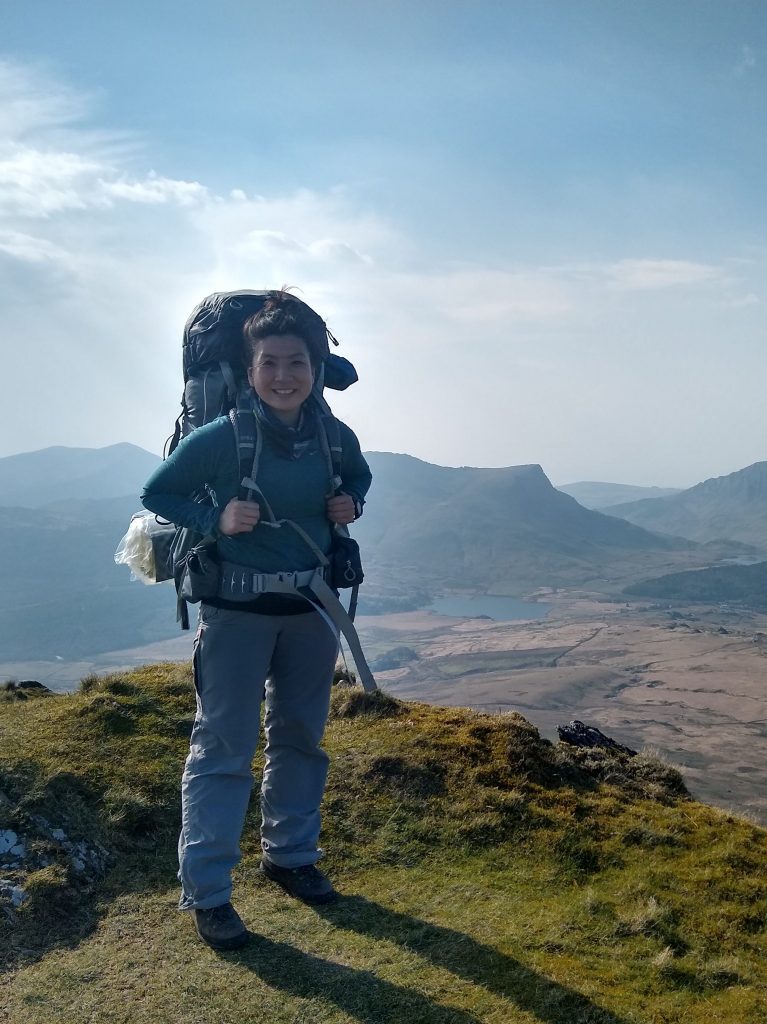
Testing my limits
So there’s a little bit of a personal challenge. I submitted that idea (to All the Elements who were offering an opportunity to go on a funded Slow Ways journey). I’ve been following them for a while. They’re doing really interesting things in the walking, outdoors and diversity inclusion spaces. They were happy to support my idea.
I really love testing my boundaries just because I’m curious to see how far I can go at once. The longest distance I covered in a day was around 36 kilometres, and I was wondering over three days, can I walk between 37 and 39 kilometres a day? can I can I make it?
I got the time off and I made the plans and I set off; I did this in March. I was kind of hoping for good weather. But then it came to it. There was quite a lot of rain on the first day, but I started to get used to it, you have to deal with it. You just always hope, right?
Walking to the South Downs National Park
I walked for three days and it was an absolutely incredible journey. I was tired. Of course, each day really did test my physical limits. And I think I learned a lot. I learnt what I needed to do to be better for the next one. But it was a really interesting walk. I walk a lot in London, but Slow Ways took me on different routes that I hadn’t known about before, and I discovered some really cool routes that I took again a couple of times.
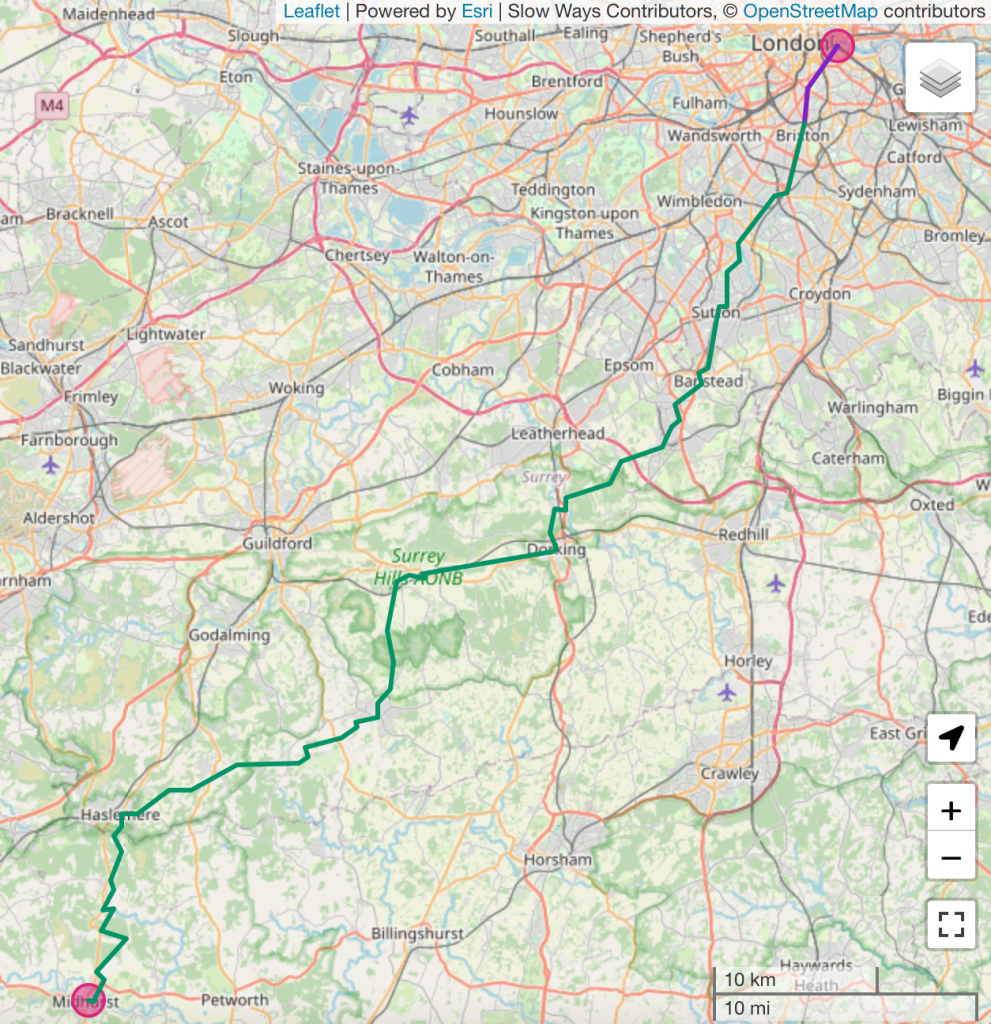
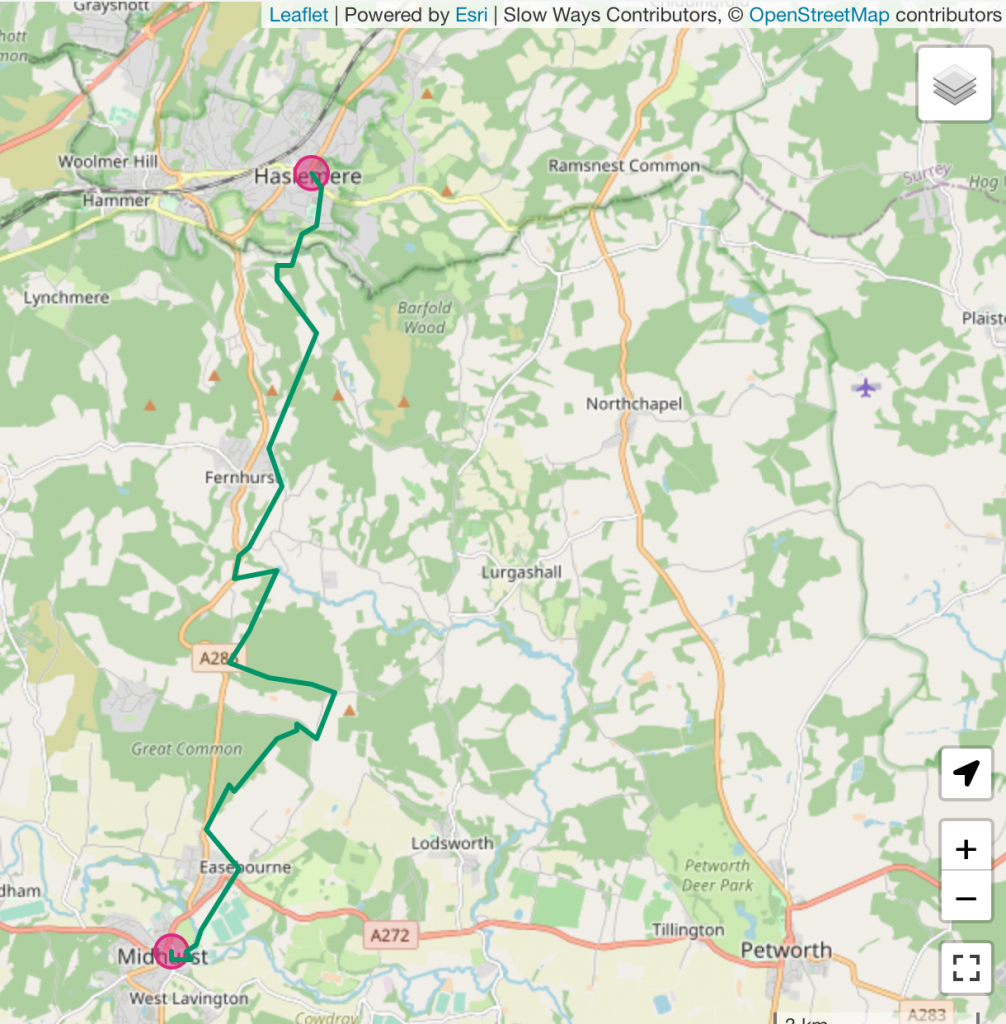
What’s also really cool is that when you’ve got a really long distance walk like that, you can see how things change slowly. So I saw how slowly London changes as it spreads out. I got to cross the M25 again, which I love. It’s always a blast crossing the motorway like that. And I got to stop by a lot of areas that I never knew existed.
In terms of just absorbing the landscape along a road, it was really interesting to see what kind of areas and towns were there in between the two places. I was also happy to test out these routes. It was quite an experience walking in different kinds of areas and through different terrain.
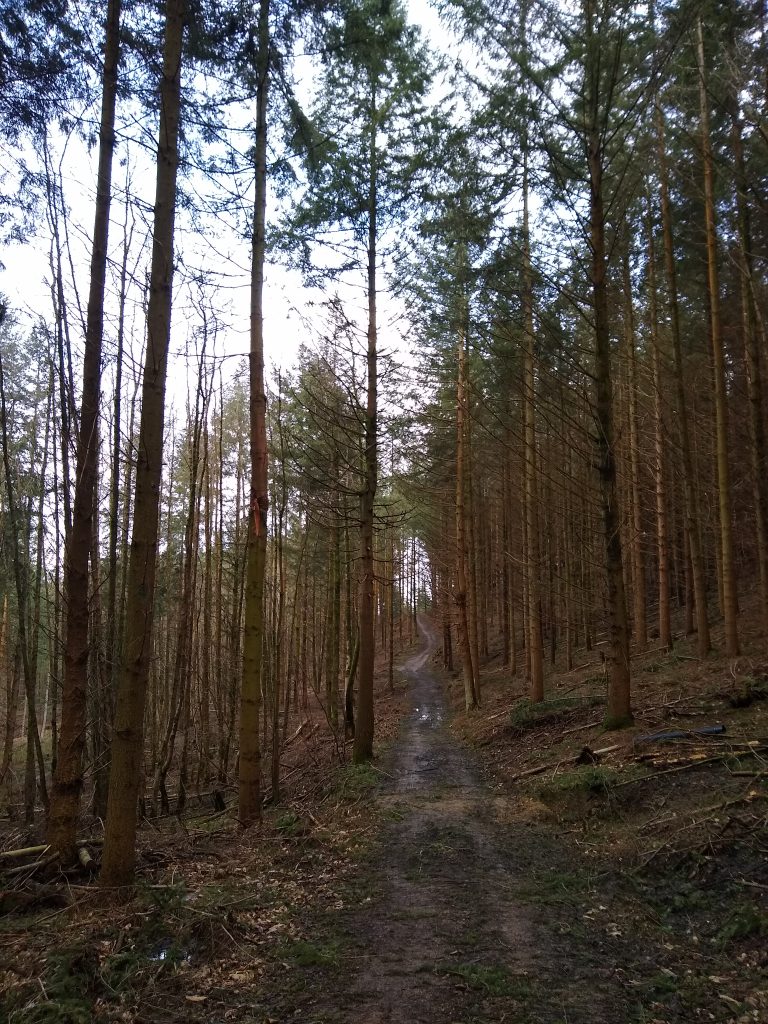
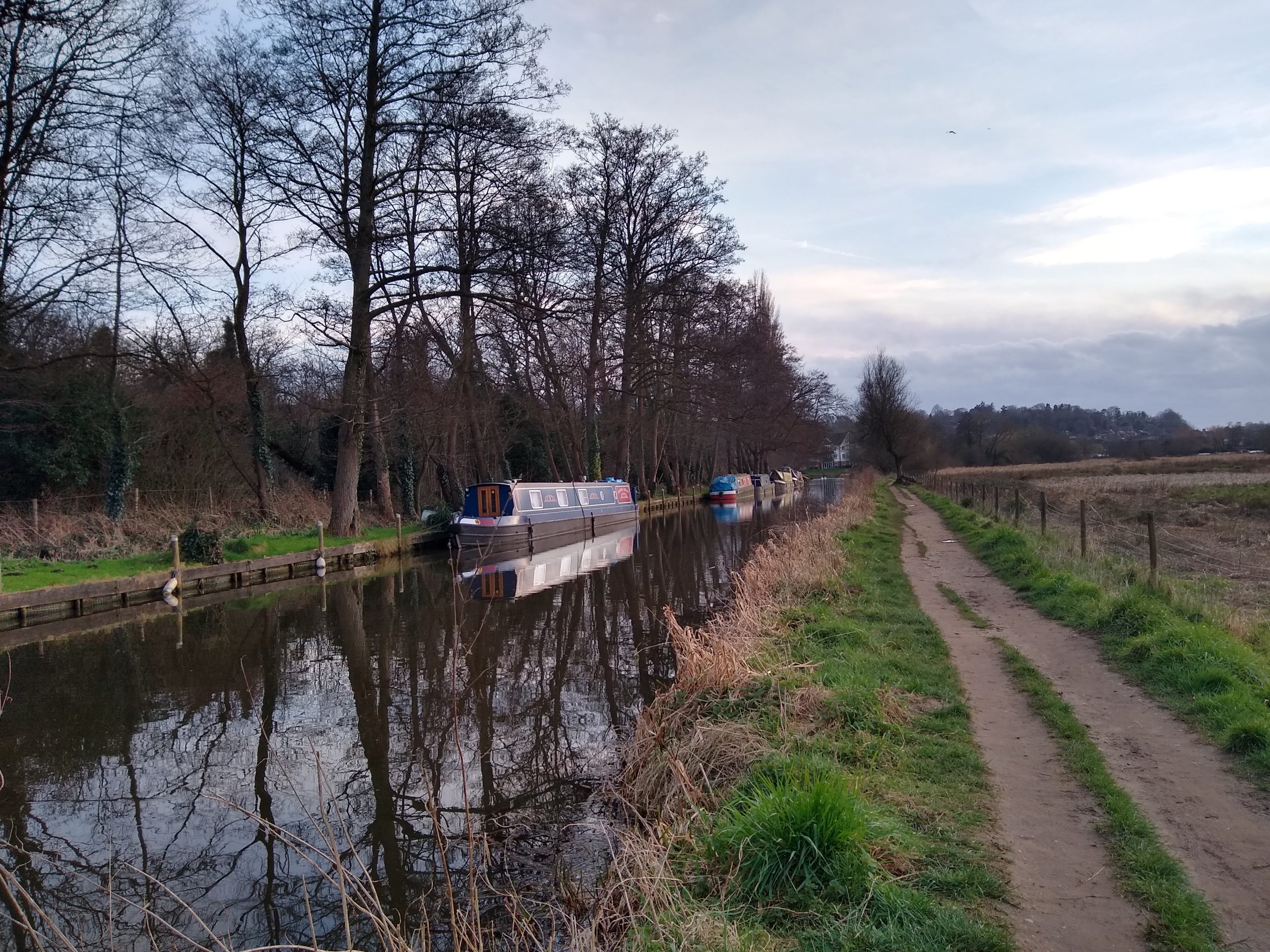
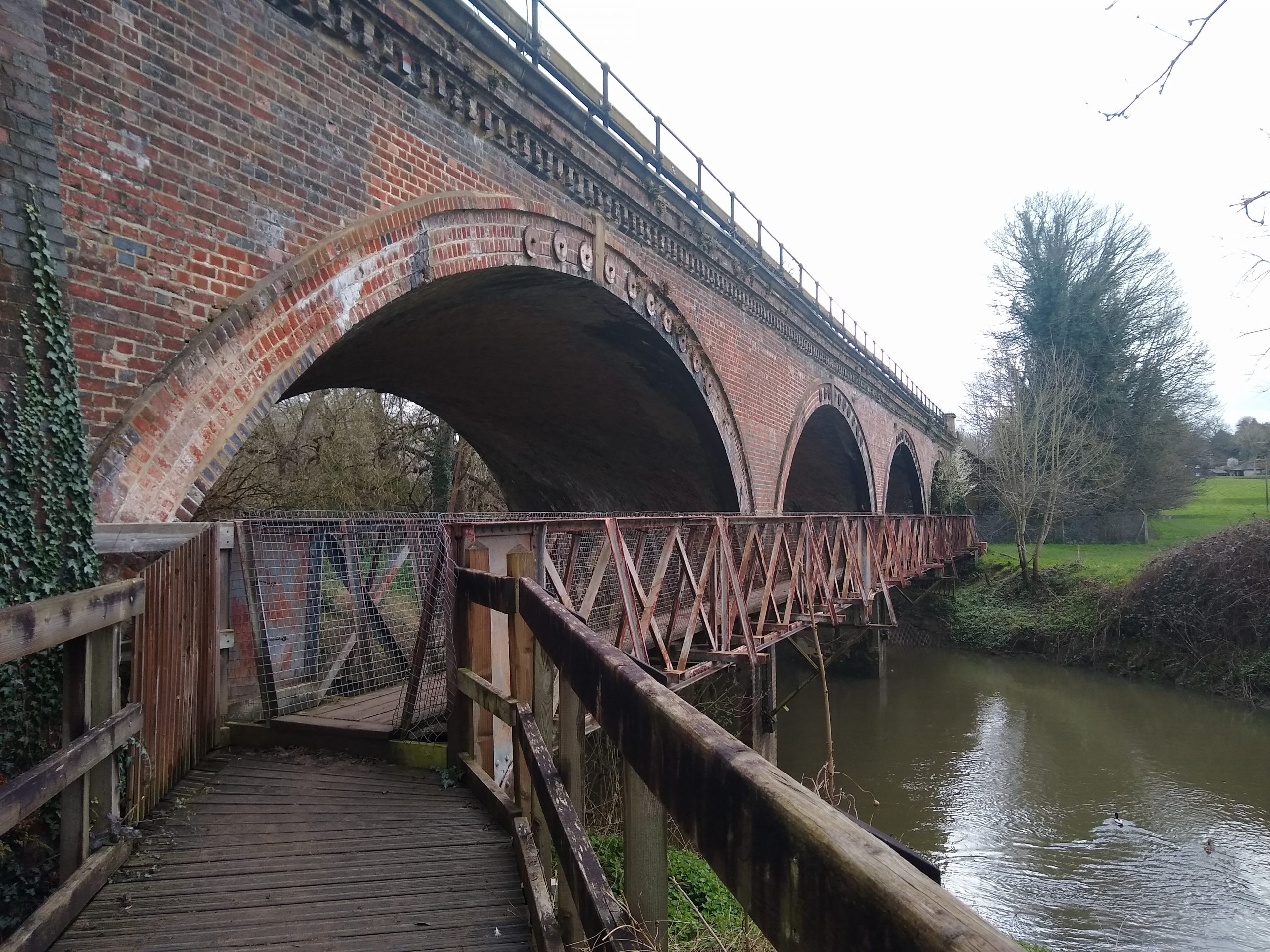
I just had an incredible time. I don’t think that someone has to do it in three days, but I definitely think it’s completely doable. If you just wanted to have a nice little holiday and just go from place to place, you can even probably camp when you go at certain times. So yeah, it was really nice, and I still have to digest so much.
Saira: It sounds like it was a really magical adventure.
Safety and stereotypes
Saira: As a woman of colour, have you faced any challenges (specifically owing to your appearance) when it comes to walking?
Ingrina: (I can only speak for myself) as a petite Asian woman, I grew up in the States and I’ve lived in the UK. It was a challenge not having any role models. So I had to do a lot of training and discovery about walking on my own, very much driven because I wanted to, not because I saw someone who looked like me and they were doing it. My journey towards doing long distance walking is a little bit slower than others, and a challenge in terms of knowing where to go. Mentoring wasn’t there.
I’m often underestimated. I can be quiet and timid. I also have a lot of stamina, which I’ve been building up over the years, but I feel like I constantly have to prove that; (people) see me being quite short and not really fitting into what they think of as a hiker. I like surprising people now. I’m trying to make some progress and become more confident.
I get so many stares and that’s very uncomfortable. You know that you stand out, you know that someone’s going to say something and you can’t quite tell if it’s going to be friendly
The most uncomfortable thing is the staring, especially when I’m doing multi-day walking, stopping at places. On the long distance trails everyone’s lovely. Walking from London to South Downs, just stopping in a pub or restaurant, I get so many stares and that’s very uncomfortable. You know that you stand out, you know that someone’s going to say something and you can’t quite tell if it’s going to be friendly. More often I get friendliness. I receive very complimentary comments, but it’s hard. The fact that people notice me and I can’t do anything about it.
Overall, I think the walking community is so lovely and so kind. I don’t really want the challenges to tarnish that experience.
Sometimes, though, some of the negative experiences are the ones that stick.
Saira: Yeah, completely. Out on a trail you can feel quite vulnerable, but in some ways you also feel very seen, in a really nice way. People say hello and you might not get that living in a big city like London. There’s a sense of connection or familiarity that people have from just being in the shared landscape for a certain amount of time, which is really special.
I love that you love walking in the city, but equally like walking in the countryside. I’ve always felt quite confident walking in the country alone and in the city too. But I do feel like the city can be a lot more threatening. We hear horrible news stories of women who’ve been attacked in cities and very busy areas, you know, Brixton and West London, whereas in the countryside that doesn’t happen as much.
I guess in a city you’re surrounded by a lot more people – if you sprained your ankle in a city, you’ll be fine. If you sprain your ankle walking up a hill in a really remote rural spot, you’ll have a lot more to deal with.
I have been attacked in the city. It’s very difficult to forget. I’m constantly looking behind me…
Ingrina: Yeah, exactly. And I think it’s important to be talking about it (women’s safety) too. Is it a learned fear? Is the threat real? Is it cities versus countryside? And I think those are all really interesting conversations we should be having. I have been attacked in the city. I notice (while) walking through subways, I’m constantly looking behind me because that’s how it happened.
It’s something that you never quite forget. It’s also important to know that people’s different experiences influence their decision (to walk or not walk). So for some people, it takes a longer time to get that confidence and to understand, what you need to do or how you can prepare yourself. And you should never have to prepare yourself. But I notice that just having been able to talk about it more, people can understand. There’s a lot to unpack.
Saira: Yes, definitely.
Ingrina: It’s changing; you are seeing more women walking. It’s actually inspiring me a lot, talking to women who walk by themselves. They’re always really great in sharing tips and resources.
Tips for walking long distances
Saira: Do you have any tips for anyone who is interested in long distance walking and is just starting out?
Ingrina: Try a distance that you think you’re comfortable with. Do a bit of planning if you’re less secure about navigation. I plan meticulously. That’s helped me in terms of my confidence a lot.
And then those walks started to slowly get a little bit longer. If anybody does want to try for a long distance walk, I personally would go for an established route, a route that’s less difficult to get lost on. So you can just enjoy the walking. I did that with the central South West Coastal Path.
And then once you start getting more comfortable with the distance you can explore lesser-known routes and be a bit more experimental. Do what you’re comfortable with. Push yourself. If you want to set yourself a big challenge, go for it. But just gauge where you’re at, where you want to be, and definitely seek out people who have done it, because everyone’s more than happy to help you. They’re a friendly lot.
Saira: I feel really inspired to undertake a multi-day hike.
Ingrina: My first idea was to walk to Bristol but six days was a lot. I hope to do one of those soon. I recently heard that Slow Ways is trying to connect national parks to each other, which is right up my alley.
Saira: Ingrina, honestly, it has been such a joy to talk to you. I have learned so much. I have so much food for thought. There are so many things that I want to come back to talk to you about. Thank you so much for your time!
- Want to get started with Slow Ways and plan your own adventure? Simply find a route here, walk it and leave a review.
- Read the first in the Wanderers series here, a chat with Ali Pretty, long-distance walker, environmentalist and creative director of Kinetika.
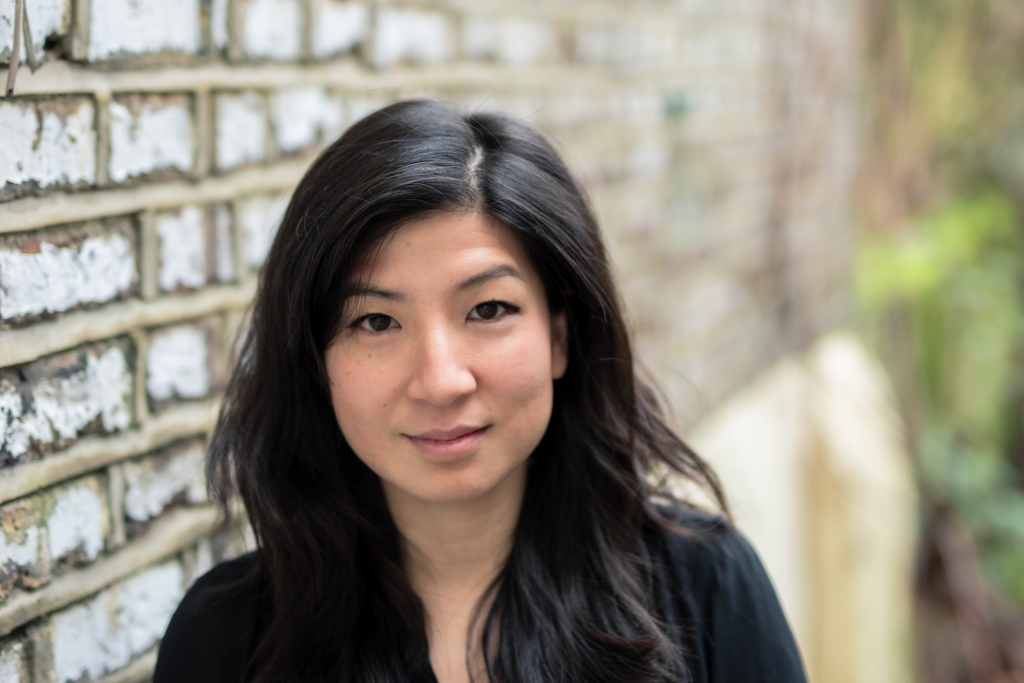
Ingrina Shieh
Ingrina Shieh is a volunteer London National Park City Ranger and passionate active traveller who loves exploring places and connections on foot. Ingrina has walked in many different parts of the UK on established trails in between cities or towns. Her recent solo journey took her on 15 routes over three days from London to its closest national park, South Downs. She particularly loves multi-day hiking and camping and is now working towards a UK Mountain Leader Award.